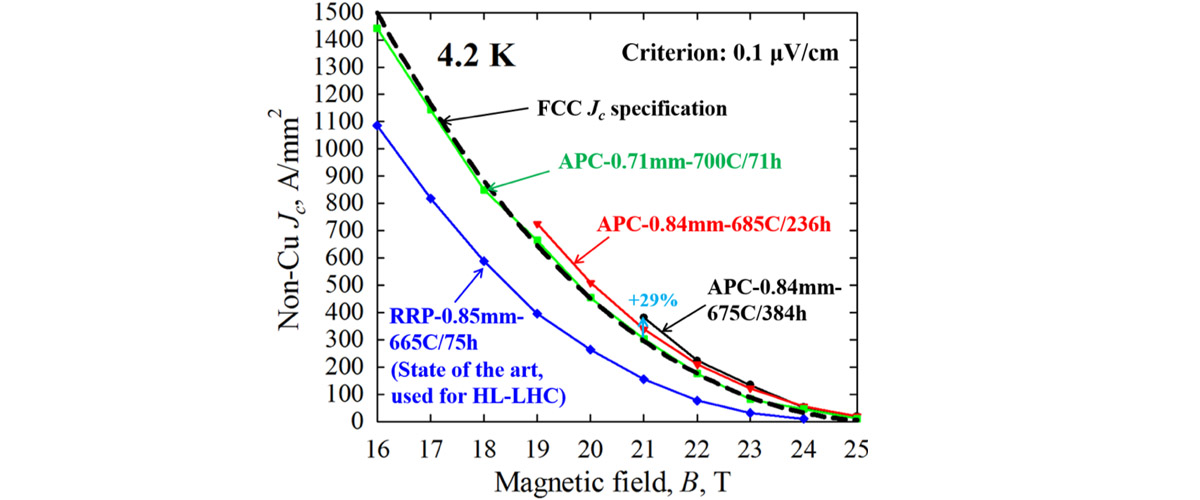What did scientists discover?
The motions of atoms in a liquid comprised of the rare version of helium, known as "helium-three" (or 3He), is determined from nuclear magnetic resonance (NMR) measurements of the alignment of the magnetic fields of the helium atoms. We find that the temperature dependence of this magnetic field alignment, when the liquid is confined to long nanotubes, follows the prediction expected for an exotic quantum mechanical fluid called a Luttinger liquid.
Why is this important?
The Luttinger liquid theory is a triumph of theoretical physics, as it is one of the few exactly solved problems in quantum mechanics for systems of strongly interacting particles. Acquiring experimental results that can confirm (or refute) these theoretical predictions is very challenging and very important to verify (or undermine) this prominent, cutting-edge theory.
Who did the research?
J. Adams1, D. Candela2, C. Huan1, M. Lewkowitz1, N. Sullivan1
1University of Florida; 2University of Massachusetts
Why did they need the MagLab?
The unique high-sensitivity low-temperature NMR spectrometer of the high B/T Facility was needed for this experiment, because the NMR signal is greatly reduced by a fundamental property of helium-three at these low temperatures (known technically as “the onset of Fermi degeneracy”).
Details for scientists
- View or download the expert-level Science Highlight, Luttinger liquid behavior of helium-three in nanotubes
- Read the full-length publication, Nuclear Spin Relaxometry of 3He Atoms Confined in Mesoporous MCM-41, in J. Low Temp. Phys.
Funding
This research was funded by the following grants: G.S. Boebinger (NSF DMR-1157490, NSF DMR-1644779); C. Huan(NHMFL-UCGP)
For more information, contact Neil Sullivan.






